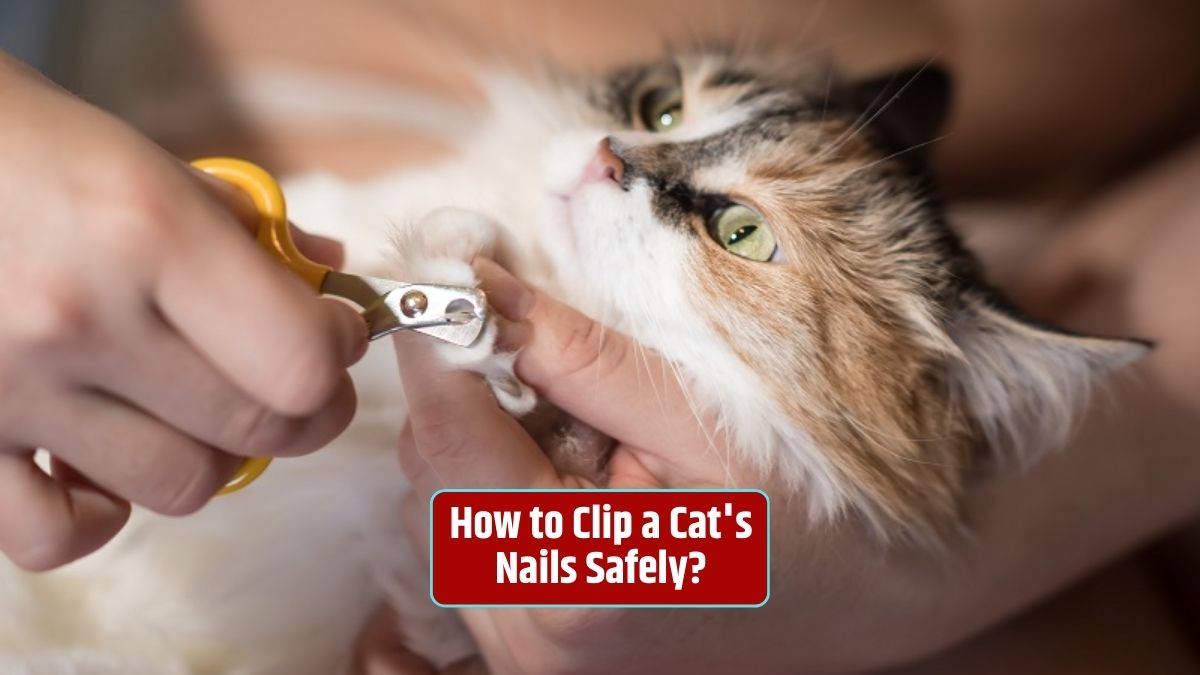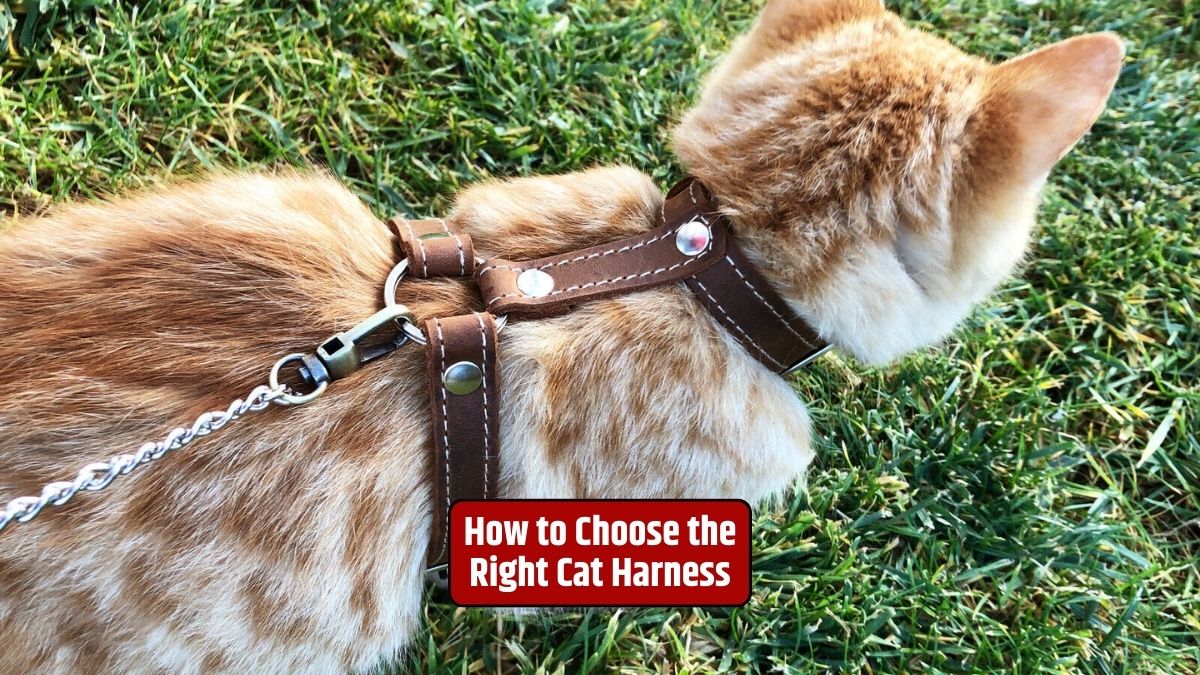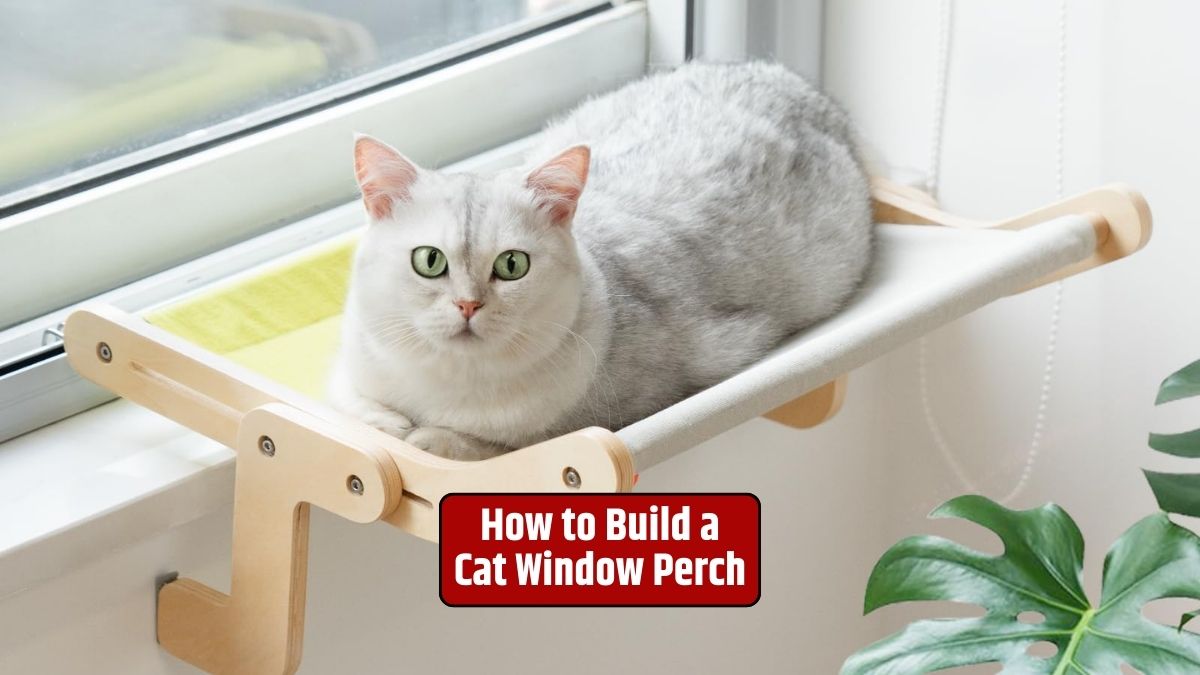Clipping your cat’s nails might sound like a daunting task, but with the right approach and some patience, it can be a manageable and essential part of feline grooming. In this article, we’ll walk you through the steps to safely clip your cat’s nails, ensuring both you and your feline friend stay comfortable during the process.
Importance
Before we dive into the “how,” let’s briefly touch on the “why.” Clipping a cat’s nails is essential for several reasons:
- Preventing Overgrowth: Cat’s nails can grow too long, leading to discomfort or even injury.
- Protecting Furniture: Trimmed nails are less likely to cause damage to your furniture.
- Reducing Scratching: Shorter nails mean less damage from your cat’s scratching.
- Enhancing Safety: Clipped nails are less likely to get caught in fabrics or carpets.
Tools You’ll Need
Before you start, gather the following tools:
- Cat nail clippers or scissors designed for cats.
- A towel to wrap your cat in if they’re squirmy.
- Styptic powder or a styptic pencil to stop bleeding in case of accidental cuts.
Step-by-Step Guide
- Prepare Your Cat:
- Find a quiet, well-lit area for the nail-clipping session.
- Get your cat accustomed to the clippers by letting them sniff and inspect the tool.
- Gentle Restraint:
- If your cat is calm, you can proceed without restraint. However, for more squirmy cats, gently wrap them in a towel, leaving only one paw exposed at a time.
- Examine the Nails:
- Look for the pinkish area called the “quick” within the nail. Be cautious not to cut into it, as it can cause bleeding and pain.
- Clip Carefully:
- Hold your cat’s paw, press gently to extend the claw, and clip the sharp tip.
- Use a quick, decisive motion to cut without applying too much pressure.
- Use Styptic Powder:
- If you accidentally cut the quick and bleeding occurs, apply styptic powder to stop the bleeding. It’s a good idea to have this on hand before you start.
- Take Breaks:
- Don’t rush. If your cat becomes agitated, take breaks and resume later.
- Reward and Comfort:
- After each paw, give your cat treats and comforting cuddles to create positive associations with the nail-clipping experience.
- Filing (Optional):
- If your cat allows, you can file the nails after clipping to smooth any sharp edges.
Conclusion
Clipping your cat’s nails is a valuable skill for pet owners. It helps keep your cat comfortable and prevents damage to your home. With a gentle touch and patience, you can make nail clipping a stress-free routine for both you and your feline companion.
FAQs
How often should I clip my cat’s nails?
It depends on the cat, but generally every 2-4 weeks is sufficient.
What happens if I accidentally cut the quick?
If bleeding occurs, apply styptic powder to stop it. The cat may experience some discomfort, but it should subside.
Can I use human nail clippers on my cat?
It’s best to use clippers specifically designed for cats to prevent injury.
My cat hates nail clipping. What can I do?
Gradual desensitization and positive reinforcement can help your cat become more comfortable with nail clipping.
Is it essential to trim the back claws as well?
Back claws usually don’t grow as fast as front claws, so they may not need as frequent trimming. Check them occasionally for sharpness.






